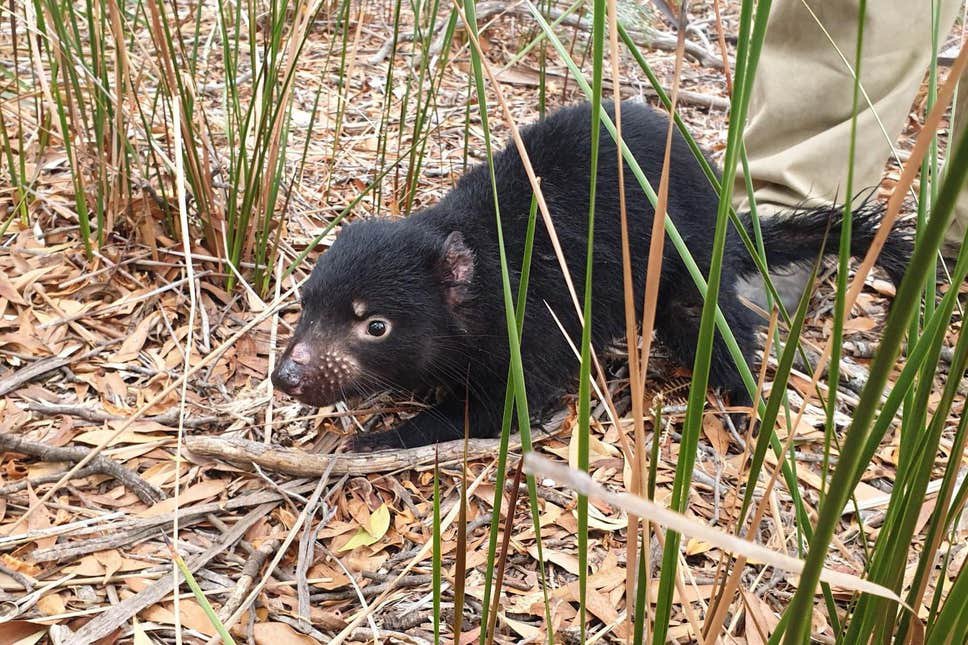Roundup: May Tech Articles

The University of Sydney has adopted AWS and elastic cloud computing resources to assist conservation efforts
In the pursuit of saving the Tasmanian devil, as well as other endangered animals, the University of Sydney has turned to using cloud technology. The University's Australasian Wildlife Genomics group began utilizing Amazon Web Services' Cloud tools, as well as the RONIN Cloud back in 2019. Since then, the transition has yielded significantly positive results; providing and organizing data that will be essential in the fight for conservation of the devil, and other dwindling species.
The use of cloud resources that can be scaled on demand has allowed the University of Sydney to efficiently map Tasmanian devil genomes: allowing for them to derive insight into the species' potential reactions to future climate changes and model how they might respond to different types of drugs.
The cloud has also provided the researchers with the ability to manage their finances better, as it is possible to turn off unneeded resources when not in use, and collect and map their data in a more coherent way. Other conservation groups are following in their footsteps.

Machine Learning is one of the flashiest aspects of Computer Science, but comes with an enormous breadth of topics and tools.
In this article, Athreya Anand provides a high-level tour of the most popular learning algorithms, discusses the "learning style" employed by the algorithms, and provides examples and comments on when they can be used. As comprehensive as it is, additional links are provided to go even deeper.
Related: Check out Brandon Harper's article, "Models of Machine Learning," which provides a similar overview of the ML landscape.

Sony has been developing the first-ever image sensor with built-in artificial intelligence
The recently announced IMX500 image sensor is designed to be able to handle machine learning processes without any extra parts - all for an affordable cost. The image sensor, however, isn't just cost effective; having built-in AI makes any additional processing of image data completely unnecessary, saving time and bandwidth.
The image sensors have great potential for use in the fields of security, photography, and automation. The onboard sensor offers opportunities to improve the quality of pictures and video by understanding the composition of the frame and identifying people and objects, allowing applications as varied as self-driving cars to automated surveillance.

Airbus is in the process of designing "electronic noses" to thwart drug and explosive smuggling
Airbus and biotech engineering firm Koniku have joined forces to begin developing electronic noses capable of analyzing the molecules present in the air and matching compounds with materials used inside of bombs, a drugs, or even a virus.
The smell capacity of these 'E-Noses' are made possible by being made up by living cells that are genetically modified to have olfactory receptors - like those in human noses. While being developed primarily for use by airport and airplane security, the possible production of these E-Noses might open interesting possibilities medical world. The ability to detect an infection through smell, would open many opportunities to improve detection and monitoring of the spread of COVID-19 and other pathogens.

After using AI-powered software to track students, a Swedish school has drawn legal ire
A Swedish high-school was fined $20,000 for using facial recognition software to track the attendance of 22 students over a period of three weeks.
While the school authority claims to have received the permission of the students and their parents, the Swedish Data Protection Authority found that the program breached the 2019 EU General Data Protection Regulation (GDPR).
Comments
Loading
No results found